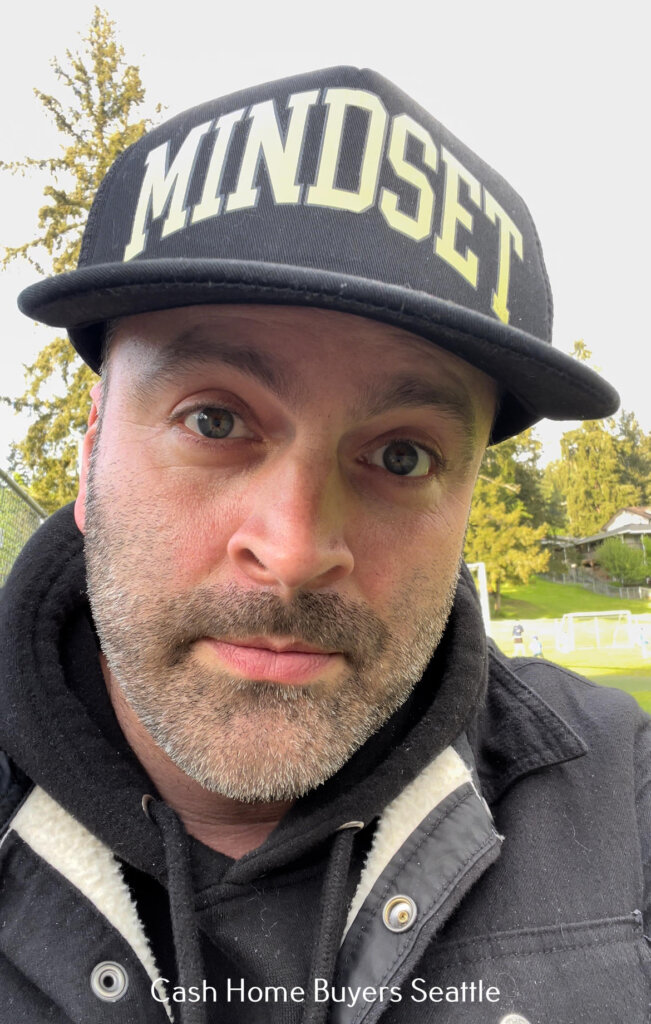Exploring Art in Nature: The Olympic Sculpture Park in Seattle
Nestled along the picturesque waterfront of Seattle, Washington, the Olympic Sculpture Park stands as a vibrant testament to the intersection of art, nature, and urban design. This iconic outdoor museum, operated by the Seattle Art Museum (SAM), showcases a diverse collection of contemporary sculptures set against the backdrop of Puget Sound and the Olympic Mountains. From its lush green spaces to its thought-provoking artworks, the Olympic Sculpture Park offers visitors a unique opportunity to engage with art in a dynamic outdoor setting. Seattle, WA can be seen at this link.
A Vision of Urban Renewal
The Olympic Sculpture Park was born out of a visionary collaboration between SAM and the city of Seattle, aimed at revitalizing a once-industrial stretch of waterfront land. In 2007, the park opened to the public, transforming nine acres of former industrial site into a vibrant cultural destination. Designed by the renowned landscape architecture firm Weiss/Manfredi, the park seamlessly integrates art, architecture, and ecology, creating a dynamic space that celebrates the natural beauty of the Pacific Northwest. Read about Riding High: Exploring the Seattle Great Wheel here.

Sculptures in Dialogue with Nature
Central to the Olympic Sculpture Park’s design is the notion of sculptures in dialogue with nature. The park features a carefully curated collection of artworks by renowned artists from around the world, strategically placed amid native plantings, winding pathways, and panoramic views of the surrounding landscape. From monumental sculptures to intimate installations, each artwork interacts with its environment in unique and unexpected ways, inviting visitors to explore and discover new perspectives.
Highlights of the Collection
Among the highlights of the Olympic Sculpture Park’s collection is “Echo,” a massive sculpture by Spanish artist Jaume Plensa, which stands as a striking centerpiece overlooking Elliott Bay. Nearby, “The Eagle” by Alexander Calder captures the imagination with its bold, abstract form, while “Wake” by Richard Serra commands attention with its towering steel curves. Other notable works include “Split” by Roxy Paine, “Seattle Cloud Cover” by Teresita Fernández, and “Neukom Vivarium” by Mark Dion, each offering visitors a unique sensory experience.
Engaging with the Community
In addition to its permanent collection, the Olympic Sculpture Park hosts a variety of educational programs, events, and community activities throughout the year. Guided tours led by knowledgeable docents provide insights into the park’s artworks, history, and ecology, while artist talks and workshops offer opportunities for visitors to engage directly with the creative process. Family-friendly activities, outdoor concerts, and film screenings further enrich the visitor experience, fostering a sense of connection and belonging within the community.
Sustainability and Stewardship
As stewards of the environment, the Olympic Sculpture Park is committed to sustainability and ecological stewardship. The park’s design incorporates green infrastructure elements, such as rain gardens and permeable paving, to manage stormwater runoff and promote habitat restoration. Native plantings support local biodiversity and provide vital habitat for pollinators and wildlife, while sustainable maintenance practices minimize the park’s environmental impact. Through these efforts, the Olympic Sculpture Park strives to be a model of sustainability and responsible land stewardship for future generations to emulate.
A Haven for Reflection and Inspiration
Whether strolling through the sculpture-lined paths, picnicking on the grassy knolls, or simply soaking in the breathtaking views, the Olympic Sculpture Park offers visitors a tranquil oasis amidst the hustle and bustle of urban life. With its harmonious blend of art, nature, and community, the park serves as a beacon of creativity and inspiration, inviting all who visit to engage with the transformative power of art in a serene and contemplative setting.

